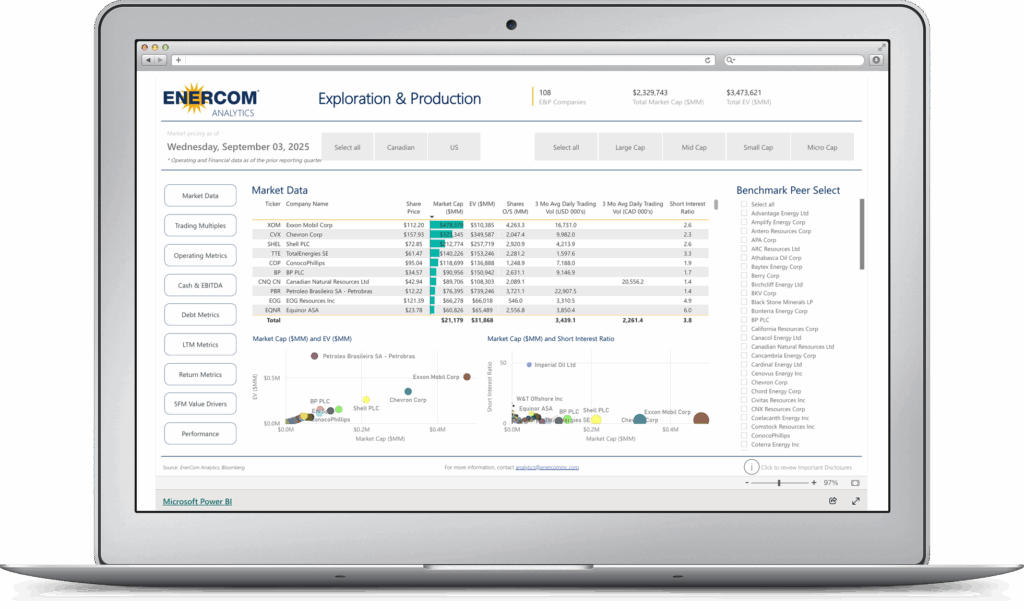From the Casper Star Tribune
Wyoming current rig count: 30; drilling applications suddenly in the queue: 10,000
“I do not believe, based on my 36 years with the WOGCC, that we have had (approximately) 10,000 permits waiting to be processed” – WOGCC Director Mark Watson
State regulators forced to rework priorities to face Wyoming’s 5-year oil and gas backlog: ‘drill now’ applications will likely receive preference over ‘drill 2 years from now’ applications
State regulators are facing an unheard of 10,000 applications for permits to drill for oil and gas in Wyoming, creating a backlog that would take five years to address.
Agency Supervisor Mark Watson said the Wyoming Oil and Gas Conservation Commission staff was introducing a new policy to address the long queue, prioritizing applications that are ready to be drilled and changing the amount of time a permit to drill is valid.
“We just can’t process 10,000 permits,” Watson said at a Tuesday commission meeting in Casper. “I figure it would take about five years if no new permits come in. We just don’t have the staff, and it doesn’t make sense to me to hire 50 more people.”
PRB leads the count
Some of the most extreme pulses in applications come from Powder River Basin counties. The state received 2,326 applications to drill in Campbell County in the last six months of 2017 compared to 644 over the same time period in 2015.
In the county to the south, Converse’s applications to drill in the second half of last year jumped by 137 percent compared to two years before. Converse is also anticipating a 5,000-well project that could take place over the next 10 years, a joint venture from five major players in the state.
Wyoming oil and gas production has fallen in the last few years. Older wells, drilled in the days of $100 per barrel crude, are declining rapidly and new drilling has failed to pick up the slack due to low prices from 2015 to mid-2017. That failure of new drilling to replace the old has resulted in lower volumes of oil produced in the Cowboy State, where lawmakers are looking at an $850 [million] deficit due to declining mineral revenue.
The price of oil now hovers around $60 a barrel, and the number of drilling rigs in the state is sticking around 30, healthy improvements compared to two years ago when the rig count plunged into the single digits.
But the amount of new applications waiting to be approved is one area where Wyoming is experiencing impressive numbers, even compared to years when “drill-baby-drill” was a shared ethos.
“I do not believe, based on my 36 years with the WOGCC, that we have had (approximately) 10,000 permits waiting to be processed,” Watson said in an email Tuesday.
Bruce Hinchey, president of the Petroleum Association of Wyoming, said the state was finally picking up interest as larger plays in other parts of the country have become increasingly expensive to lease.
He had not seen the new policy proposed at the Wyoming Oil and Gas Conservation Commission, but said on first blush it made sense.
“If a rig’s scheduled, you might as well put them to work,” Hinchey said. “It certainly helps the state if they are doing that, not to mention the counties where they are drilling. That’s just more revenue for everyone.”
Today’s wait list is largely a result of how complex drilling has become. New technology and drilling practices have led to incredibly deep wells that may be drilled horizontally up to 2 miles. Wyoming’s coal bed methane boom brought nearly 25,000 new wells online in the early 2000s. But even then, the rush of applications for the shallow gas wells didn’t clog the Wyoming Oil and Gas Conservation Commission, Watson said in an email.
“(Coal bed methane) wells were easy, from an engineering standpoint, to review and approve so no comparison to today’s issues with horizontal (applications for permits to drill),” he said.
Watson said commission staff has discussed the proposed policy change with a number of larger operators who were amenable to the new policy.
“By changing that, if you are not going to drill in the next two years… we may not get to them,” he told the room full of operators and industry lawyers Tuesday. “If you have a well you want to drill, we’ll get to it.”
Wyoming landowners say company sitting on drilling permits in Laramie County is creating a monopoly
From the Casper Star-Tribune
Landowners east of Cheyenne say a major oil and gas firm is developing a monopoly in their county, and they have asked state regulators to put a stop to it by denying thousands of permits to drill proposed by Anadarko Petroleum.
Anadarko tried to have the protests dismissed by the Wyoming Oil and Gas Conservation Commission on Tuesday, disputing a number of the landowners’ assumptions, but the board agreed to allow a hearing at a future date for landowners to make their case.
“That does not mean, necessarily, that I am swayed,” Commissioner Bridget Hill, director of the Wyoming Office of State Lands and Investments, told the landowners’ counsel, Kris Koski. Koski is a University of Wyoming lecturer and a lawyer with Long, Reimer, Winegar, Beppler in Cheyenne.
What the landowners would have to prove is a threat to their mineral rights or evidence of wasted resources due to Anadarko’s actions.
The landowners involved all have mineral ownership that they say they want developed. They argue that a handful of other companies, such as EOG Resources and Helis Oil and Gas Company have a record of drilling in the county, particularly in recent years after EOG made gains in the Codell formation. EOG’s success has created a race to stake claims in the area while they are still available, Koski said.
“Recently, Anadarko has upped its effort in filing permits to blanket as much of Laramie County as it possibly can,” he said.
But what landowners fear the company is doing is taking a big piece of the pie without the intent to drill anytime soon. However, other companies, both small and large, are interested in getting to work. Sitting on permits, the landowners say, is a waste of resources.
Anadarko’s 2,200 applications to drill for oil and gas could not feasibly be drilled within the two-year time period before a permit to drill expires and the company’s “monopoly” makes the landowners’ minerals more difficult to lease, Koski argued.
“Its program effectively leases up Laramie County” by dominating drilling and spacing units across the area with approved permits to drill, he said.
A lawyer for Anadarko, one of the largest firms operating in Wyoming, disputed the claim that the firm is creating a monopoly and pointed out that only Anadarko can speak for the company’s future drilling plans.
“Anadarko’s competitive advantage here should not be held against them,” said Jim Mowry of Crowley Fleck. “Mr. Koski’s clients have every right to go out and develop their minerals just like Anadarko has, and Anadarko has taken steps to do so.”
Regardless of the company’s drilling plans, Anadarko has done everything right up to this point, he said. Its applications are technically sound and should be approved, he added.
The wasted resources claim is a weak argument, he said. Waste can’t happen before operations have even begun, Mowry said.
If they want to fight over their constitutional rights, they need to take the matter to court, he said.
Though the commission allowed the landowners’ protest to move forward, and the commission will hold a hearing on the case, Hill said she was troubled by some of the landowners’ arguments.
She also cautioned them regarding the commission’s jurisdiction, siding with Anadarko’s lawyer.
“I do believe Mr. Mowry is right,” she said. “While we do have an obligation to follow the constitution, an administrative agency is not the person to make a determination on a constitutional argument.”






